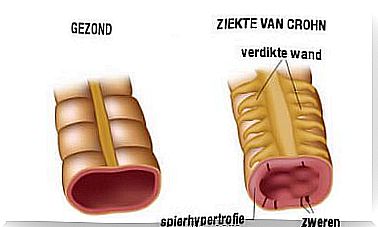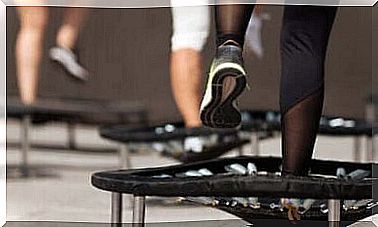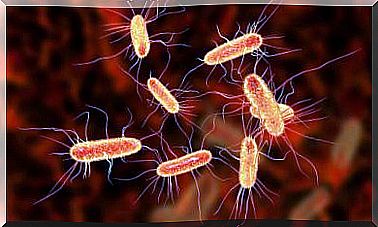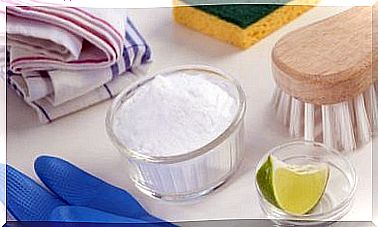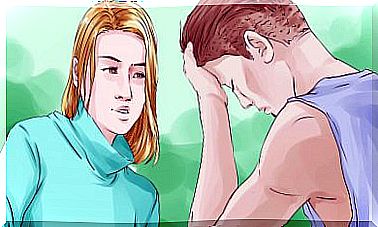Tungiasis: Symptoms, Treatment And Prevention
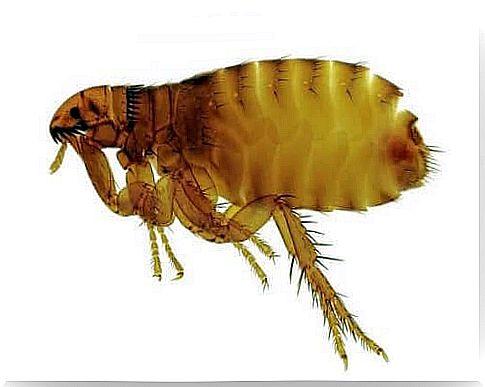
Tungiasis is a parasitic disease that mainly affects poor people. It is caused by hematophagous fleas, that is, fleas that feed on blood – especially the Tunga penetrans species. However, there are also cases associated with Tunga trimamillata. This flea is known by many different names such as:
- chigoevlo
- sand fleas
- Nigua chigger flea
- and so on
The first reports of tungiasis appeared in 1525, when the Spanish conquistador Fernando González de Oviedo found that many Haitian inhabitants suffered from this condition.
The parasite was first found in America and has spread to other parts of the world from there. Currently, this flea is found in:
- Latin America
- The Caribbean
- The sub-Saharan (Africa)
- Madagascar
- Zanzibar
- Seychelles
- the west coast of India
- Pakistan and Oceania
In this article, we’ll look at the symptoms, treatment, and prevention of tungiasis. Do you know how to recognize the symptoms of tungiasis? Keep reading to find out!
What is tungiasis?
Tungiasis occurs when one of the mentioned types of fleas invades the skin of a warm-blooded animal such as humans. The disease occurs when the female of the species invades the skin while pregnant. When this happens, the flea goes through a process of hypertrophy and produces thousands of eggs which it then expels.
The disease can affect any part of the body, but most commonly affects the feet. This is because the flea prefers to live in dry, shady, sandy soil that is full of organic matter. If people then walk here barefoot, infection with this flea is possible.
The pregnant female clings to the skin with her mouth. It passes through the epidermis until it can feed on the blood from the capillaries of the papillary dermis. The anus-genital opening of the parasite extends to the surface of the skin. The flea expels the eggs through this opening and the female dies after 1 to 3 weeks.
Symptoms of tungiasis
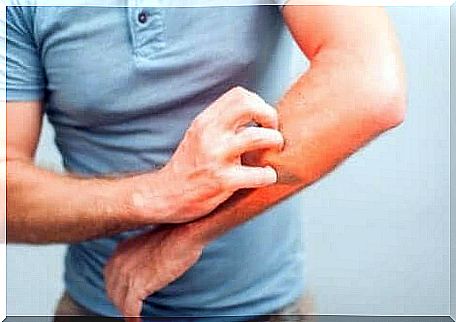
In most cases, tungiasis affects the soles of the feet, periungual region, and the skin between the fingers and toes. It is estimated that only between 5% and 10% of cases of this disease show symptoms of tungiasis in other parts of the body.
Normally, people with this disease experience intense itching in the affected area. There may be one or more lesions and they may be painful or asymptomatic.
In the 24 hours after the parasite has penetrated the skin, you can observe an erythematous papule or macula. In general, this starts to appear about two hours after contact.
The lesion evolves and turns into single white nodules with a black spot in the center. The black spot is the end of the flea’s abdomen. Often you can also see a buildup of eggs attached to the skin near the site.
Once the flea dies, a black scab covers the lesion. This is made of congealed blood and waste. Then an epidermal scar appears. Sometimes the lesions resemble a blister, with an ulcerated or wart-like appearance.
Treatment of tungiasis
The basic treatment for tungiasis consists of surgical removal of the flea. To do this, the doctor uses a sterile needle and then washes it with saline. In some cases, they use a deep shave method. Then they treat the skin with electrocoagulation.
It is very important to remove the parasite very carefully. If the flea’s body breaks down in the process, it will cause a serious inflammatory condition. Topical antibiotics should be used after extraction.
In some cases, thiabendazole is used to treat tungiasis. This is an oral medicine that the patient should take in doses of 25 mg/kg per day for 5 to 10 days. You can also use the same medicine as a cream and lotion to reduce the number of lesions.
Prevention
The best way to avoid developing tungiasis is to avoid coming in contact with the fleas that cause this disease. The most practical method for this is to both wear closed-toe footwear and avoid lying down or sitting in areas where the fleas can live.
- In any case, the best strategy to help affected populations is to fight poverty.
- In addition, the construction of paved roads and paths and the establishment of effective waste collection systems is necessary.
- In addition, efforts should be made to improve the houses, which should not have unpaved floors.
- Finally, education plays an important role. Health and hygiene education are important measures in regions with tungiasis. It is important to train people exposed to this parasite to recognize it so that they can then prevent it from entering the skin.


